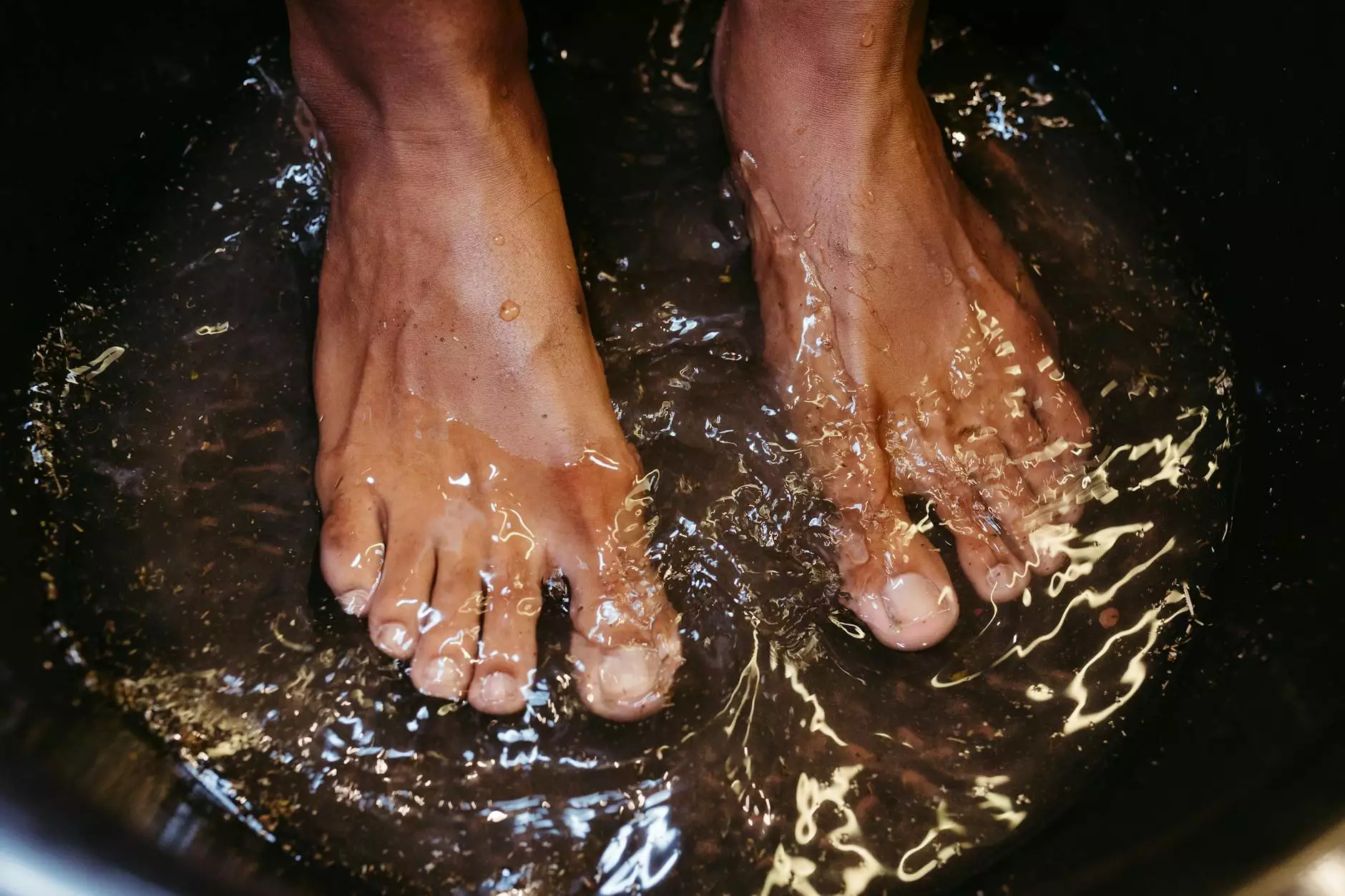Understanding Metatarsalgia and Morton's Neuroma: Comprehensive Insights for Foot Health

Metatarsalgia and Morton's neuroma are common conditions that affect thousands of individuals every year, often leading to discomfort and difficulty in daily activities. Understanding these conditions can not only help in prevention but also in efficient management to maintain overall foot health.
What is Metatarsalgia?
Metatarsalgia refers to pain and inflammation in the metatarsal region of the foot, which is the area just before the toes. This part of the foot is essential for movement, as it bears a significant amount of weight and pressure during activities like standing, walking, and running.
Causes of Metatarsalgia
Several factors can contribute to the development of metatarsalgia, including:
- Improper Footwear: Shoes that lack adequate cushioning or support can lead to excessive pressure on the metatarsals.
- High-Impact Activities: Running, jumping, or any high-impact sports can exacerbate stress on this region.
- Foot Deformities: Conditions such as hammertoes, bunions, and flat feet can alter weight distribution.
- Obesity: Excess weight increases pressure on the feet, making individuals more susceptible.
- Aging: As we age, the fat pads on the soles of the feet can thin, reducing their cushioning effect.
Symptoms of Metatarsalgia
Common symptoms include:
- Sharp Pain: A sharp or shooting pain in the ball of the foot.
- Burning Sensation: A burning feeling in the toes or the balls of the feet.
- Swelling: Mild swelling may occur in the affected area.
- Numbness: Tingling or numbness can develop due to nerve compression.
What is Morton's Neuroma?
Morton's neuroma is a condition characterized by a thickening of the tissue around one of the nerves leading to the toes, commonly between the third and fourth toes. This compression can lead to significant pain and discomfort.
Causes of Morton's Neuroma
Similar to metatarsalgia, several factors can instigate Morton's neuroma:
- Footwear: Shoes that are too tight, narrow, or high-heeled can compress the toes and lead to nerve irritation.
- High-Impact Activities: Activities that put immense pressure on the forefoot, such as running, can contribute.
- Foot Structure: Having high arches or flat feet increases susceptibility.
- Injury: Direct trauma to the foot can also precipitate this condition.
Symptoms of Morton's Neuroma
Patients with Morton's neuroma often report:
- Localized Pain: A sharp pain in the ball of the foot, often described as feeling like there is a pebble in the shoe.
- Numbness: Tingling or numbness in the toes.
- Worsening Symptoms: Symptoms may worsen when wearing certain types of shoes or engaging in specific activities.
Diagnosis of Metatarsalgia and Morton's Neuroma
Accurate diagnosis is crucial for effective treatment. A podiatrist will typically conduct:
- Physical Examination: Inspecting the foot for deformities and checking for areas of pain and swelling.
- Medical History: Taking a comprehensive account of the patient's medical history and symptoms.
- X-rays or MRI: Imaging tests may be ordered to rule out other conditions and confirm diagnosis.
Treatment Options
Both metatarsalgia and Morton's neuroma can be managed through a variety of treatment options:
Conservative Treatments
For many patients, non-invasive methods can yield significant relief:
- Footwear Modification: Switching to shoes with proper support and cushioning can alleviate symptoms.
- Orthotics: Customized shoe inserts can help improve foot alignment and relieve pressure.
- Rest and Ice: Allowing the foot to rest and applying ice can reduce inflammation and pain.
- Physical Therapy: Specific exercises can strengthen surrounding muscles and improve flexibility.
Medical Treatments
If conservative treatments fail, several medical options are available:
- Corticosteroid Injections: These can reduce inflammation and pain in the affected area.
- Analgesics: Over-the-counter pain relievers can provide temporary relief.
- Surgery: In severe cases of Morton's neuroma, surgical intervention may be necessary to remove the affected nerve.
Prevention Strategies
Preventing metatarsalgia and Morton's neuroma involves adopting effective foot care practices:
- Choose Proper Footwear: Opt for shoes that offer adequate support and cushioning.
- Foot Exercises: Regular exercise to strengthen foot muscles and improve flexibility can help.
- Weight Management: Maintaining a healthy weight reduces stress on the feet.
- Regular Foot Checkups: Consult a podiatrist for routine foot care and health assessments.
Conclusion
Metatarsalgia and Morton's neuroma are conditions that can significantly impact quality of life due to foot discomfort. Understanding their causes, symptoms, and treatment options is vital for effective management. By taking proactive steps, including proper footwear choices and routine foot care, individuals can greatly reduce the risk of developing these painful conditions. Consult with a podiatrist from thefootpractice.com for personalized advice and treatment options tailored to your specific needs. Prioritizing your foot health is a vital step towards enhancing your overall well-being.
Further Resources
For additional information and support regarding foot health, consider the following resources:
- Podiatrist Associations: Engage with local or national podiatrist organizations for expert advice and guidance.
- Health and Medical Websites: Reliable medical websites provide up-to-date information on foot health and care.
- Community Support Groups: Connect with others who experience similar foot conditions for shared experiences and tips.
By educating oneself on conditions like metatarsalgia and Morton's neuroma, individuals can take significant strides toward leading a more comfortable and active life.
metatarsalgia morton's neuroma








